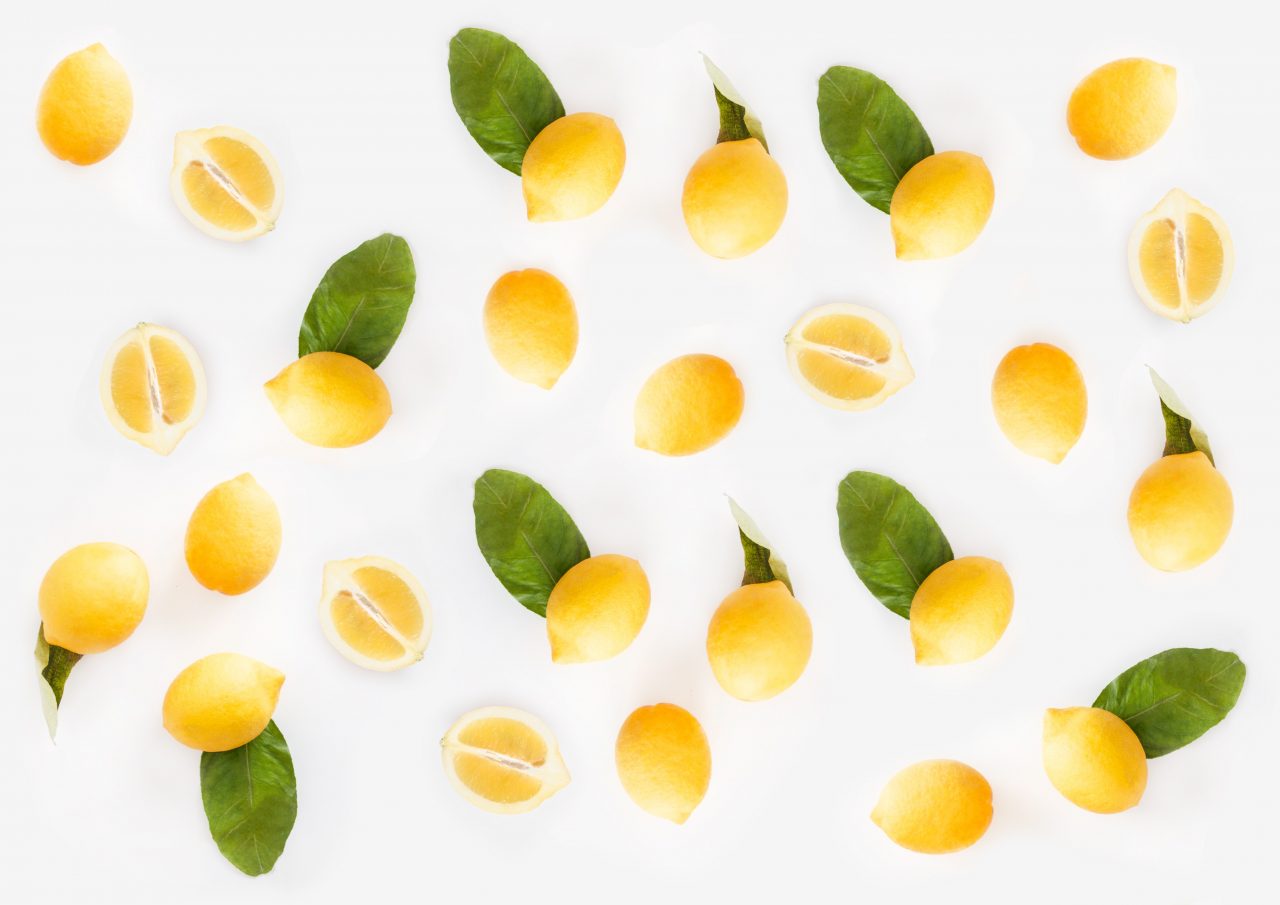Hello friends,
I hope that you had a peaceful holiday season and are excited to kick-off the new year. I know that I am thrilled for a fresh start and all the possibility that a new year presents.
To start your new year on the right foot, I want to share the second installment of the two-part series about deconstructing cravings. This time we’ll focus on the emotional side. So many of us blame our cravings on our lack of willpower or too little discipline, but as we began to uncover in the first installment – there is much more to it. In part two, I will share how your emotions play into what you crave and how you can respond to your cravings in a kind and loving manner. Read on for helpful tips and tricks!
Before we dive in, let me refresh your memory a bit and again share my philosophy on approaching cravings. Have you ever heard the quote from Carl Jung, “What you resist, persists.” Wonder how this applies to cravings? Well, so often in life when we are faced with an uncomfortable situation, we turn away from it and try to ignore it. This holds true for cravings, particularly when dealing with cravings stemming from emotions. (If you need a full refresher here is Part 1: The Physical Side of Cravings)
Emotional cravings may be uncharted territory for you, as we so often solely talk about cravings as a need for food, but in order to really start to understand and address our cravings we need to look at WHY we have them.
Let me share a few examples of how emotional cravings may show up:
- First off, many of us may be experiencing more cravings than usual right now. Why? Well if I had to make a guess, I’d say that everyone’s anxiety level is heightened. The emotion behind our craving is that we feel stressed, anxious and/or lonely and we are turning to food to fill our needs.
- Or we sit down every evening as we watch our favorite TV show with a bowl of potato chips. This is often out of pure habit or emotionally we may be lonely and wishing we could be out and about with our friends.
- Or, finally, after a stressful day at work (whether it is at home or in an office) we often pour ourselves a glass (or two, or three…) of wine. This is out of habit or the thought that we need to relieve the stress and the only thing that works is wine.
To bring this home, let me share an example from my personal life. Up until about a year and a half ago, I was addicted to coffee. And I mean really addicted. If I didn’t have my quota, I would get massive headaches and be very grumpy.
My routine started with a Bialetti pot of coffee in the morning, followed by an oat milk cappuccino on the way to work. Then for my afternoon pick me up, I would grab another oat milk cappuccino. This was my daily routine. I was on a first name basis with the coffee shop barista and I likely could have saved up the equivalent of a year’s worth of college tuition for my son with the all the money I spent on coffee!!! I thought that it was innocuous because, well I didn’t add sugar to my coffee and, it was just coffee!?!
The problem was, I didn’t feel that great drinking all of that coffee. I would literally go a bit nuts if I couldn’t have my coffee breaks and, well, that much coffee just isn’t that great for anyone. This, my friends, is an example of an addiction.
I kept trying to break the habit time and time again without success until upon deeper reflection I realized – I was really drinking so much coffee because I wasn’t happy at my job. How did this manifest as a coffee addiction? I grabbed my morning coffee to delay my arrival at the office. I used the afternoon coffee as an escape from the office.
This may seem small, but for me it was a breakthrough. It wasn’t until I came to this realization that I was drinking coffee to avoid a job I really wasn’t passionate about, that I was able to reduce my coffee to one cup each day in the morning. As a substitute for my afternoon coffee, I started taking afternoon walks. My coffee shop barista missed me (and my dollars, I’m sure!) but I began feeling so much better and I was no longer using coffee as a crutch.
Shortly after I quit my coffee habit, I also quit my job and began my career as a health coach. I still enjoy my daily cup and sometimes I indulge in an oat milk cappuccino at a coffee shop. But I feel no guilt because I am no longer running from something, but rather enjoying the moment.

Certainly, every story of curbing a craving doesn’t have such powerful transformation (from a job you didn’t like to a new career), but I wanted to share my personal story with you to really highlight that how you feel leads to what you eat or crave. This is an important link that is often overlooked when we talk about food. So often diet books, doctors etc. tell us “just don’t eat it” or “cut out sugar/salt.”
But this black and white approach does not help us understand WHY we have the craving and what we can do about it. It is about so much more than willpower. Although I was spending bucket loads of money drinking bucket loads of coffee, no rational justification to reduce my intake worked until I realized the real, emotional reason I was drinking so much coffee.
To really address our cravings and nip them in the bud, it is helpful to acknowledge the emotional reason behind the craving so we can fix the root issues, not just the symptoms. The underlying paradox is this: the more you accept how things are, the more room there is to shift and change.
So now we are beginning to understand what cravings are trying to tell us, but HOW do we deal with them? The emotional side of cravings can be more complex to breakdown, but certainly not impossible if you are armed with a good toolbox:
- First, acknowledge the craving, even befriend it. Rather than run from it or ignore it. It is only when you acknowledge and even befriend it that you can begin to understand what the craving is trying to tell you.
- Second, PAUSE and take a breath. Give yourself a moment to think through why you are having this craving before you simply succumb to it. Some of the following tools can be helpful:
- If you are open to it, a regular mediation practice can be extremely powerful.
- Or go for a walk, create some time and space so that you can begin to understand why you are having these cravings.
- Or take out a journal and write down your thoughts as to why you are having these cravings.
- Third, ask yourself what you really need. Are you bored, lonely, or sad? Figure out what your patterns are and address them head-on. If you’re lonely, call a friend or family member. If you’re feeling sad, what is the real reason – it probably isn’t a sugar deficit. It is only when we acknowledge WHY these cravings are happening that we can deconstruct them and begin to change habits.
- Finally, feel empowered in your decisions. So, you’ve faced your craving, determined that it isn’t because you have a physical need, it is not because you are sad, lonely, anxious or depressed, but rather you are having a family meal and a delicious homemade apple pie has been presented to you. I want you to know that as part of a healthy lifestyle you CAN eat treats! What you resist, persists. If you are ALWAYS trying to avoid treats, you’ll likely just crave them more.
Remember, I am recommending a lifestyle vs. a diet. So, just make sure you are choosing to have the apple pie vs. falling victim to it. When you choose to have the apple pie, you are making an empowered decision and are removing the guilt and shame from the choice.
And, importantly, ensure that most of the time (80/20 rule) you are choosing nourishing, whole, real foods. And 20% of the time you can enjoy treats! What you do most of the time really impacts your health. Remember, you don’t have to be perfect, to be healthy!
I hope that you have found this two part series helpful. If you are craving a deeper dive, click here to book a free, 50-minute session with me and start on your journey to wellness.
Wishing you a beautiful start to the New Year!
Yours in wellness,
Mandy
